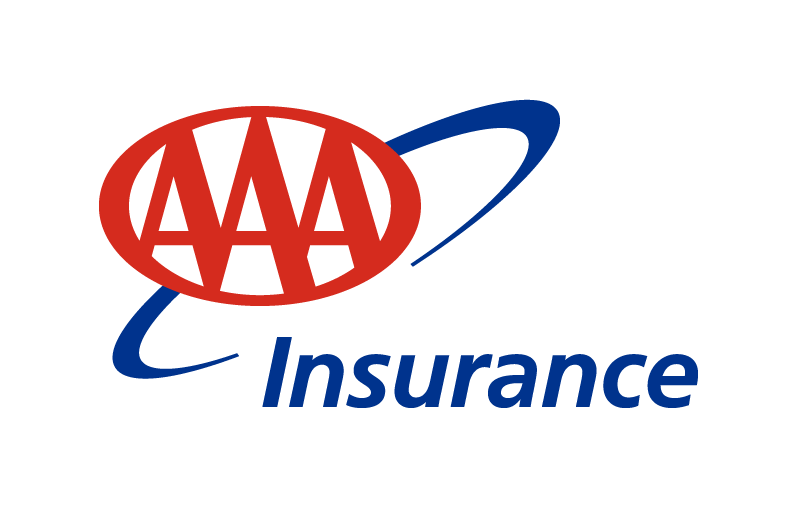Home insurance for peace of mind
Getting the most from your homeowners policy.
Protecting your biggest asset
When making your home more resilient, you are enhancing and protecting one of your most valuable assets. Insurance companies consider many factors when issuing policies. Taking action to make your home more resilient may help you secure or maintain insurance coverage. For over a century, AAA has been providing members with insurance services that help them prepare for and navigate life’s unexpected events that occur at home or on the road.

*The purchase of a AAA Home Insurance policy is separate from any mitigation efforts taken towards home hardening and does not guarantee or increase a homeowner’s ability to obtain a policy with AAA. Policies are subject to policy terms, eligibility rules, underwriting guidelines and applicable laws. AAA Membership is purchased separately and is not included with the purchase of an insurance policy. Most AAA Home Insurance policies do not cover flood or earthquake. Separate policies are available for these coverages if needed. Please speak with an agent to learn more. Discounts vary based upon eligibility. Discounts may not be cumulative and vary by state. Coverage varies by state and depends upon policy provisions. Insurance provided by CSAA Insurance Group, a AAA Insurer. © 2025 CSAA Insurance Group
What is
home insurance?
Homeowners insurance pays for losses and damage to your property, and mortgage lenders will generally require you to have it to ensure the home is covered for risk. A standard homeowners policy protects your house and so much more.
Dwelling coverage
Protect yourself against damage to your home and possessions.
Personal property
Help protect items in your home, including furniture.
Loss of use
Provides assistance when you can’t live at home due to a covered loss.
Other structures
Protects detached buildings and structures that aren’t part of your main house.
Personal liability
Protect yourself against bodily injury and property damage sustained by others when you are legally responsible.
The cost of home insurance
There are many factors that may come into play for the actual premium cost of insuring your home including:
- Home: The cost to rebuild your home, building materials, distance to the fire department or a water source, location of your home, and its age and condition.
- Individual factors: Coverage and deductible, claims history and whether you insure multiple properties or personal properties such as a car with the same insurer.
- Additional considerations: Home alarm systems and other efforts to reduce risks, a swimming pool or trampoline, pets, and running a business in your home are some additional factors that may be considered.

Getting the most out of your policy
Coverage
Make sure you have adequate coverage for your particular home and review with your agent annually.
Discounts
Read your policy and speak with your agent to ensure you are receiving all applicable discounts available.
Deductible
A deductible is the amount you must pay out-of-pocket on a claim before the policy pays the loss. Consider your deductible level. Note: The higher the deductible the lower your premium.
Earthquake & Flood
Most standard homeowners policies don’t cover earthquake or flood — these are typically available as separate policies.
Frequently used home insurance terms
To help you understand what might be available to you if you experience a wildfire or other covered loss, here are definitions of some common terms used in insurance policies. Please note that insurance policies can vary and these terms below may be defined differently under your specific policy.
- Actual cash value: While definitions can vary by state, this is typically the amount necessary to replace the property at the time of the loss, minus the depreciation of damaged or stolen property.
- Additional living expenses (ALE) or Loss of Use: Covers reasonable living expenses incurred because your home or a portion of your home is uninhabitable due to a covered reason. These expenses may include rent, hotel stays, restaurant meals, storage fees and other applicable costs. Expenses for home evacuations mandated by local authorities can be covered if they exceed the deductible you selected on your policy.
- Additional structure coverage: Covers the repair and rebuild of other structures on your property that are separate from your home, such as sheds, driveways, patios, swimming pools, fences and retaining walls.
- Building code upgrades: Covers changes to your home in order to meet current building codes when you are rebuilding or repairing after a covered event. For example, older homes that are damaged may need upgraded electrical, heating, or plumbing when repairing or rebuilding based on new city codes.
- Dwelling Coverage: Covers the repair, replacement, or rebuild of the structure and interior of your home. This is not the same as the value of your home because it does not include the value of your land.
- Contents or Personal Property coverage: Covers the repair and the potential replacement of personal property such as clothes, housewares and furniture.
- Debris removal: Covers clean-up costs associated with damage to a property. Policies that provide debris removal coverage typically cover debris resulting from a covered event, such as charred wood or ashes from a building fire.
- Deductible: Amount that a policyholder pays out-of-pocket before insurance benefits begin. This amount is chosen by a policyholder.
- Extended replacement cost: Offers an additional amount of coverage, usually a percentage of the dwelling coverage limit, to provide for the cost to repair or replace the damaged or destroyed dwelling. This extended replacement cost is generally intended to provide for times when unexpected situations, like wildfire, can cause a change in the normal costs to rebuild a home.
- Fair rental value: Compensation for that part of your insured rental property rented to others or held for rental by you, if a covered incident causes that part of your property to be uninhabitable. (Note: Secondary residences are covered as additional living expenses only.)
- Policy limits: The maximum benefit your insurance company will pay you if/when an insured event occurs.
- Replacement cost: The amount it would cost to replace a dwelling, structure, or personal property with a similar one (like kind and quality). Payment is typically based on its current worth, and not factoring in the value that may have depreciated with use over time.
